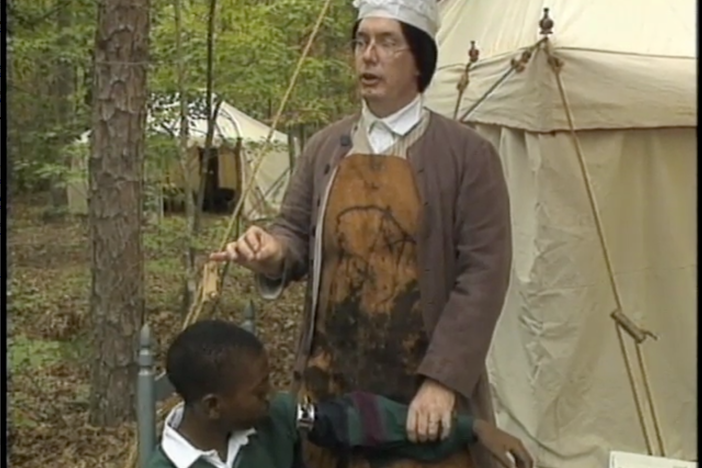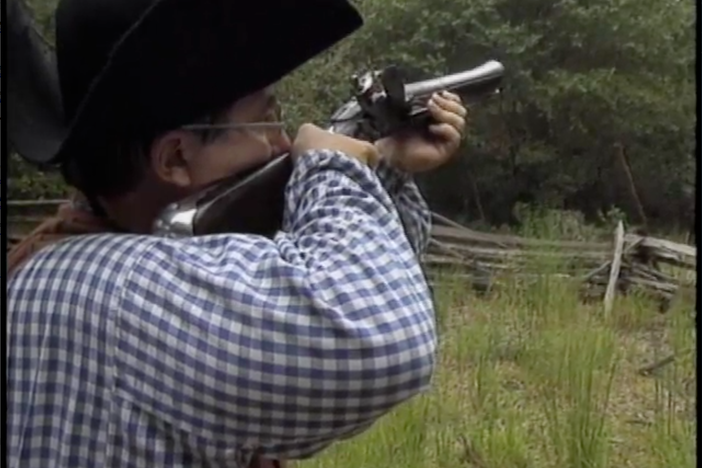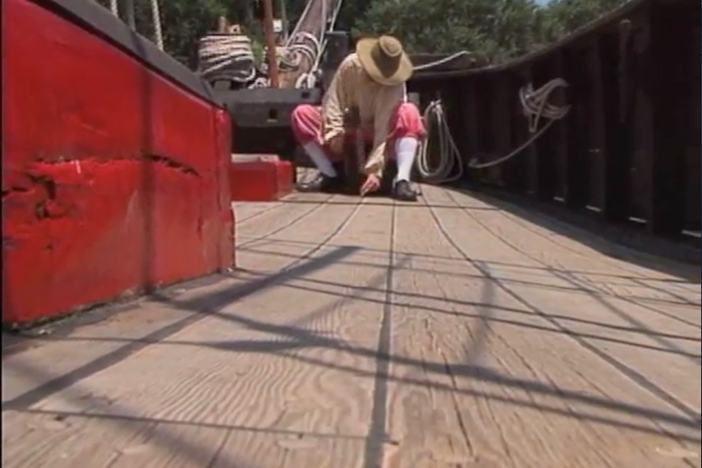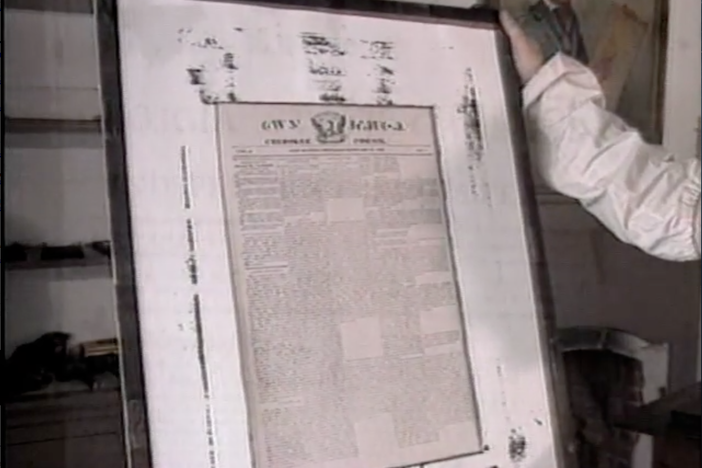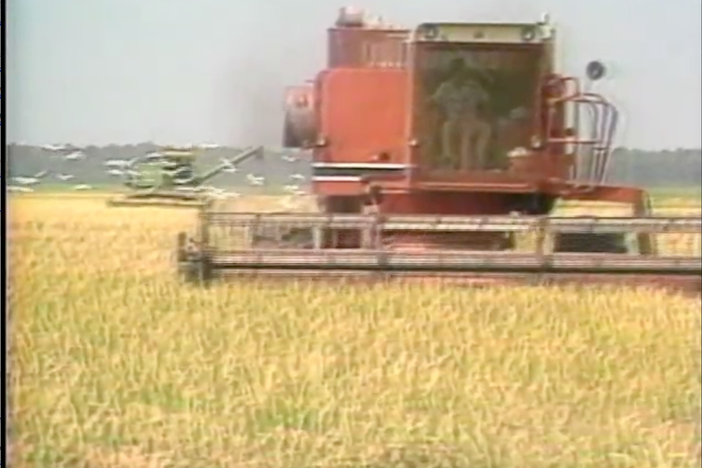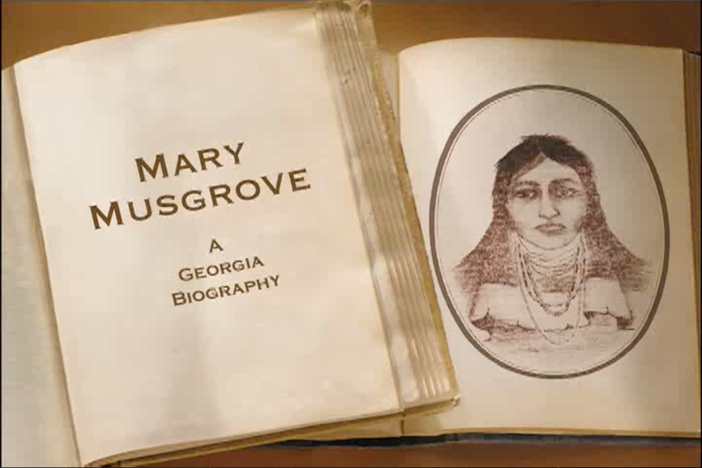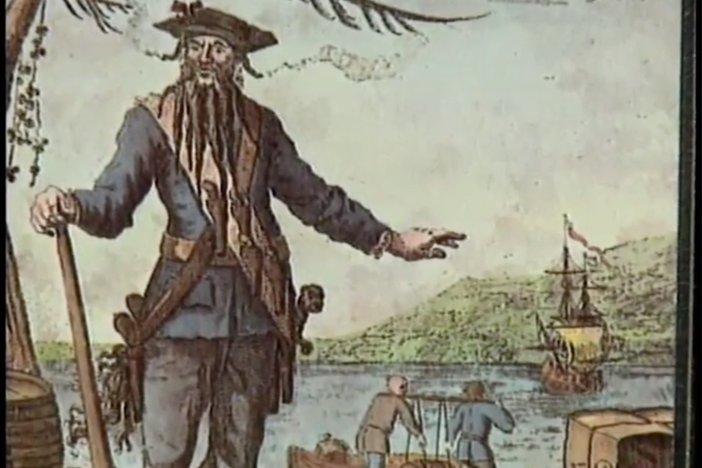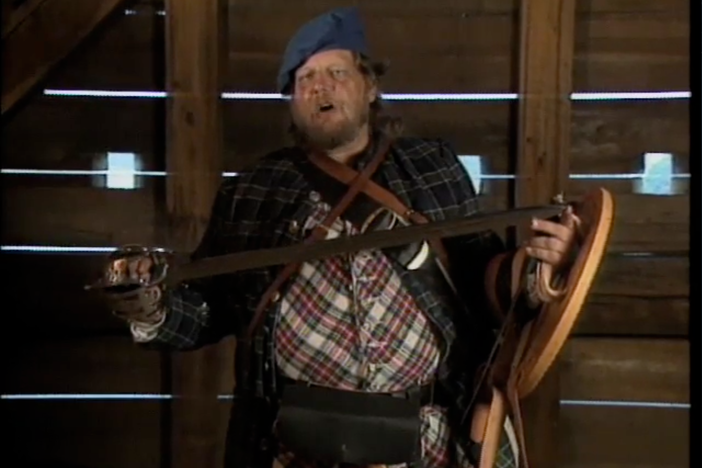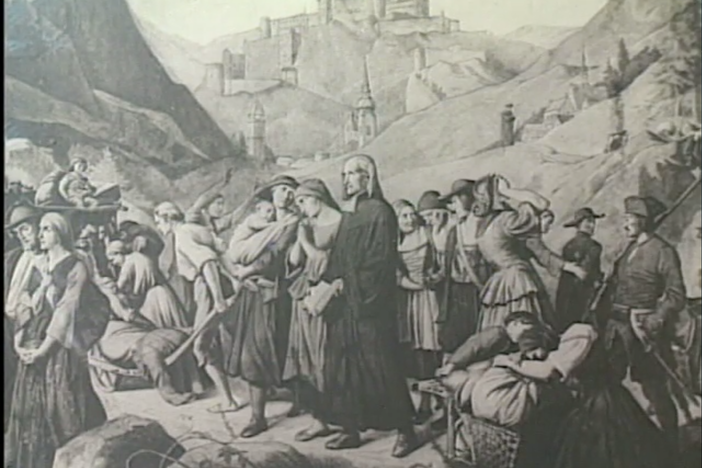Making Rice in Georgia
In colonial days, rice was Georgia’s number one export. Richard Schultz Jr., talks about helping grow rice, Jackie Edwards, a reenactor at Hofwyl-Broadfield Plantation demonstrates how slaves would separate rice from its hulls, Faye Cowart, tour guide at the plantation, lists other potential disasters in growing rice, and Robbie Harrison, whose family has grown rice at Fife Plantation, discusses the dangers of the coastal climate.
Making Rice in Georgia
In colonial days, rice was Georgia’s number one export. Richard Schultz Jr., talks about helping grow rice, Jackie Edwards, a reenactor at Hofwyl-Broadfield Plantation demonstrates how slaves would separate rice from its hulls, Faye Cowart, tour guide at the plantation, lists other potential disasters in growing rice, and Robbie Harrison, whose family has grown rice at Fife Plantation, discusses the dangers of the coastal climate.
Social Studies
Distinguish among the five geographic regions of Georgia in terms of location, climate, agriculture, and economic contribution.
Locate key physical features of Georgia and explain their importance; include the Fall Line, Okefenokee Swamp, Appalachian Mountains, Chattahoochee and Savannah Rivers, and barrier islands.
Evaluate the economic impact of various industries in Georgia including agricultural, entertainment, manufacturing, service, and technology.
Give examples of the kinds of goods and services produced and traded in colonial Georgia.
Explain the importance of key issues and events that led to the Civil War; include slavery, states' rights, nullification, Compromise of 1850 and the Georgia Platform, the Dred Scott case, Abraham Lincoln's election in 1860, and the debate over secession in Georgia.
1. How did the settlers of Georgia find out that they could grow rice and what were the major hazards of growing rice in this area?
2. Even though rice was a profitable crop, why was rice not more widely traded after the Revolutionary War?
1. Outline the story of the rice economy in Georgia using these major headings: Rice in Colonial Georgia, Rice during and after the American Revolution, and Problems in Growing Rice.
2. Make a list of the advantages and disadvantages of making rice Georgia’s major crop.
Make a list of the advantages and disadvantages of making cotton Georgia’s major crop.
chaff: the husks of grains and grasses that are separated during threshing
delta: an area made of silt, sand, and pebbles that forms at the mouth of a river usually in a triangular form
combine: a machine designed to efficiently harvest a variety of grain crops
profit: a financial gain, especially the difference between the amount earned and the amount spent in buying, operating, or producing something
1. How did the settlers of Georgia find out that they could grow rice and what were the major hazards of growing rice in this area?
Everything they grew was by trial and error. If one crop did not grow, they would try something else. They found out that the swampy land along the Ogeechee, Altamaha, and Savannah Rivers was perfect for growing rice. Two of the largest challenges to growing rice were 1.) Rice birds would eat all of the rice plants and wipe out the crop and 2.) when there was a hurricane or strong winds, the salt water would get into the swampy areas and wipe out the crop for that year and possibly 2-3 years beyond that.
2. Even though rice was a profitable crop, why was rice not more widely traded after the Revolutionary War?
There were only a few places in Georgia where rice could be cultivated, and the British refused to buy rice from the colonies following the war. Cotton, however, could be grown in most of the other areas of Georgia, including the Piedmont. Other than the boll weevil, it was almost indestructible and grew fast. Also, after the war, it brought more money on the international market than rice.
